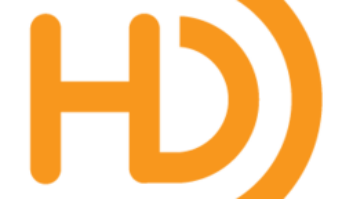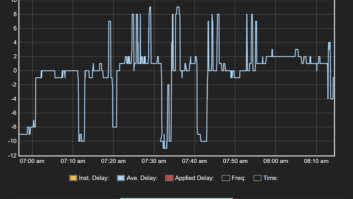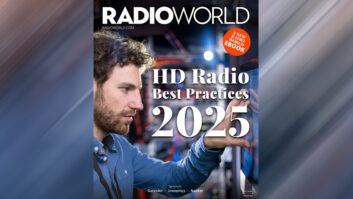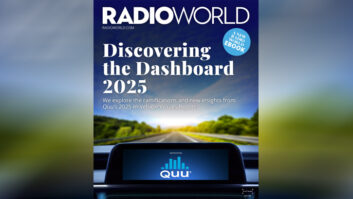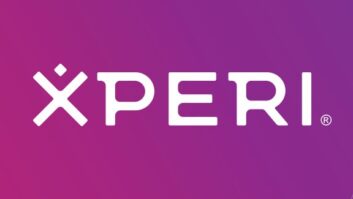
IBOC proponents have asked the FCC to make it easier for stations transmitting an FM digital signal to use asymmetrical sideband transmission and it appears the commission is listening.
The agency is working on a public notice that would seek comment about the issue, and the notice is “very close” to being released, a commission source confirmed to Radio World.
Asymmetrical sideband transmission is a way for FMs to raise their HD Radio power and minimize interference to adjacent channel stations, according to proponents.
In January 2010, the FCC allowed most FM HD stations to voluntarily increase their digital power up to -6 dB (to -14 dBc) and some FMs that want to go higher, up to -10 dBc, can do so if they meet certain criteria.
Since May 2010, those stations may tell the commission with a “notification letter” they’ve raised the digital power.
However, currently those stations that want to operate at higher digital power using asymmetrical sidebands must apply for a waiver.
The National Radio Systems Committee updated the IBOC standards in September to accommodate the FM power increase and asymmetrical sideband transmission. The NRSC-5-C standard and reference documents have now been published on the NRSC website.
NAB Fastroad helped fund asymmetrical sideband testing on Greater Media’s WKLB(FM), Waltham, Mass. in February. The drive tests were detailed in a meeting with FCC officials earlier this month when iBiquity and NPR representatives asked for a more routine permission process for those stations that want to use asymmetrical sideband transmission. Higher FM digital power is key for those stations that want to use the data capabilities of HD Radio.
At the IEEE meeting this week, Greater Media’s Paul Shulins said the initial field testing showed that unequal digital sidebands offer stations an option to increase HD power beyond -14 dBc in some cases where these power increases would not be possible using traditional symmetric digital carrier levels.
— Leslie Stimson
